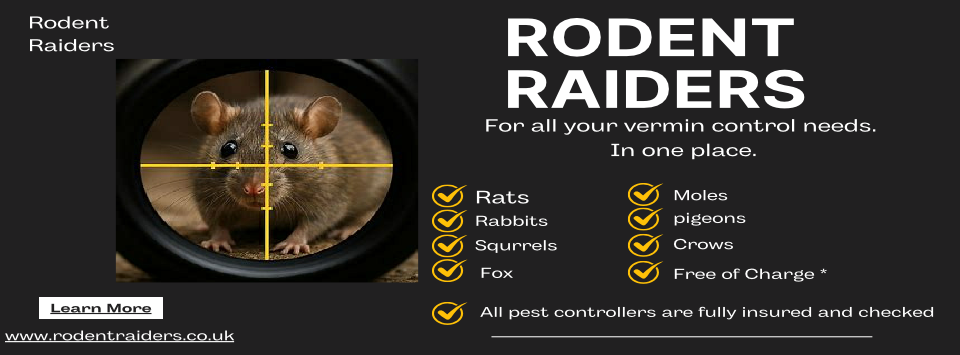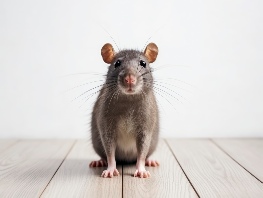
Rats

The brown rat (Rattus norvegicus), also known as the common rat, street rat, sewer rat, wharf rat, Hanover rat, Norway rat and Norwegian rat. It is a brown or grey rodent with a body length of up to 28 cm (11 in) long, and a tail slightly shorter than that. It weighs between 140 and 500 g (4.9 and 17.6 oz). is the dominant rat in Europe and much of North America, having become naturalised across the world.In Asia, Rattus norvegicus was native to forests and brushy areas. Today, however, Norway rats find preferred habitat to be alongside the rapid expansion of the human population. Nearly every port city in the world has a substantial population of these rodents. They occupy a variety of habitats including garbage dumps, sewers, open fields and woodlands, basements, and nearly anywhere else that food and shelter might be found. Anywhere that humans are located.
They are omnivorous,an animal that eats both plant and animal matter. reproduce rapidly,The gestation period is only 21 days. litters can number up to 14, although seven is common, Under ideal conditions (for the rat), this means that the population of females could increase by a factor of three and a half (half a litter of 7) in 8 weeks (5 weeks for sexual maturity and 3 weeks of gestation), corresponding to a population growing by a factor of 10 in just 15 weeks. As a result, the population can grow from 2 to 15,000 in a year.The brown rat could live as long as three years, but most barely manage one year. An estimated loss due to predators and interspecies conflict causing up to 95% mortality rate.
The Brown rat can be a vector for several human diseases.
Arenavirus
Bartonellosis (Trench fever)
Capillariasis
Echinococcosis
Hantavirus
Leptospirosis
Rat bite fever
Rat tapeworm
Salmonellosis
The Plague
Toxoplasmosis
Trichinellosis
Tularemia
Weil’s disease
Brown rats live in large, hierarchical groups, either in burrows or subsurface places, such as sewers and cellars. When food is in short supply, the rats lower in social order are the first to die. If a large fraction of a rat population is exterminated, the remaining rats will increase their reproductive rate, and quickly restore the old population level.
Rattus norvegicus

So how can we sort them out for you?
Our controllers, who are spread through out England, Scotland and Wales, have a variety of control methods at their disposal. Some will only shoot using sub 12 air rifles and Some may shoot or trap, using humane traps. This is all depending on the location and surrounding they will be working in.
Controllers are fully conversant with the current rules and regulations set out by the governing body's of the area. They will also advise on problems and how to avoid them where ever possible.
All controllers who shoot will come with their own rifles fitted with day/night scopes, will be fully insured (they should produce their insurance on request) and be polite and friendly. They will ask you to sign a ‘permission to shoot form’ which they will carry every time they visit your property. If you should have any worries or questions then do not be afraid to ask them.
If traps are set in/on your property the controller will inform you of location of traps and any further information required. All traps will be of the human type wether live catch or instant kill.
All Rights Reserved